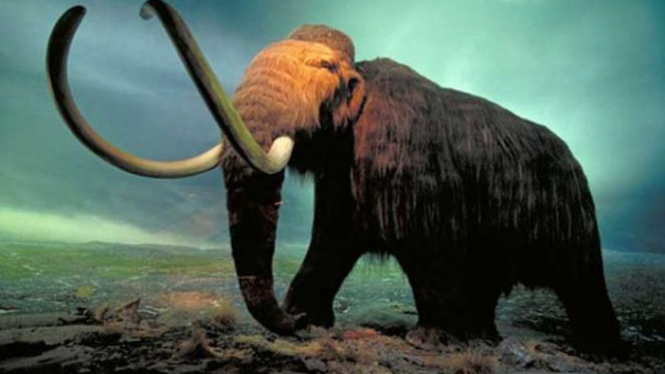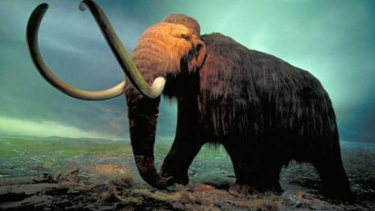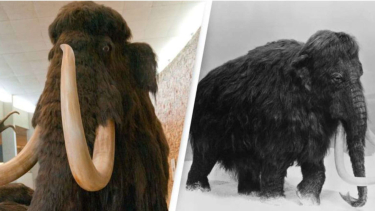Scientists Will Bring Woolly Mammoth Back to Life in Four Years
- U-Report
VIVA – Scientists will bring an ancient woolly mammoth that became extinct 4,000 years ago back to the present. They estimate that it will take four years to bring the mammoth back to life.
News of the reincarnation of Mammoth comes from Dallas-based biotech company Colossal, which is working on the reincarnation of the Mammoth after starting the project in 2021.
Last year, the company just secured a major cash injection in the form of $60 million (IDR 900 billion) 'Series A' funding, which will help them continue the gene-editing work needed to bring Mammoths back to life.
The company says that it plans to reintroduce woolly mammoths to the same ecosystems where they once lived. Scientists believe that this could help Earth today to fight climate change. This is because mammoths had massive migration patterns that could help improve the ecosystem in the Arctic.
Woolly Mammoth atau Mammoth Berbulu
- UNILAD
The original plan was to reintroduce the animal to Siberia, but this was scrapped in light of the current world situation.
According to Colossal, the Woolly Mammoth's DNA is 99.6 percent compatible with Asian elephants, so they are confident of bringing it back.
"In many people's minds, this creature is gone forever. But not in the minds of us scientists, or our company labs. We are already in the process of de-extinction of the Woolly Mammoth," the Colossal said.
"Our teams have collected viable DNA samples and are editing the genes that made this possible. This is an incredible megafauna to once again thunder across the North Pole," the company added.
The animal will be brought back to life through gene editing – which will be used to create Woolly Mammoth embryos.
This embryo will then be implanted in an African elephant that will act as a surrogate mother. However, the company states that the new animal may not be an exact biological match for the one it replaces, but rather a hybrid.
"Project Colossal de-extinction is the resurrection of the Woolly Mammoth or more specifically a cold-hardy elephant with all the core biological traits of the Woolly Mammoth," they explain.
"It will run like a Woolly Mammoth, look like one, sound like one, but most importantly it will be able to inhabit the same ecosystems previously left behind by the extinction of the Mammoth," they concluded.






















